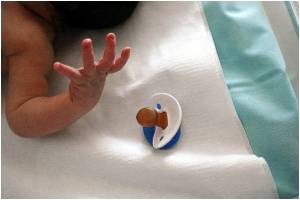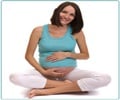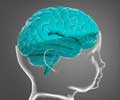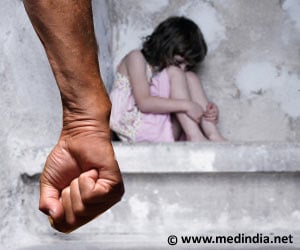The number of cases of Shaken Baby Syndrome, resulting in mostly irreversible neurological damage, jumped within the timeframe of the recession that hit the US economy towards the

Examining data dating back to January 1, 2004 until the end of 2009, researchers recorded 512 cases of AHT -- 16 percent of which were fatal.
Analyzing cases month-by-month, researchers found a notable jump during the recession, classed as beginning on December 1, 2007, with an increase from 6.0 cases per month before the recession and 9.2 during.
In 2008, at the data's height, 121 cases were recorded, compared to 66 cases in 2005, the lowest number over the six-year period.
"These data suggest that the rate of AHT has increased since the start of the current recession," the researchers said, in the study presented at a weekend meeting the Pediatric Academic Societies in Vancouver, Canada.
While the report cautioned "there was no ecologic relationship between changes in unemployment rates and the magnitude of the increase in AHT," it also suggested that because the results are "highly concerning," prevention efforts "may need to be increased during times of economic hardship."
Advertisement
Source-AFP
SRM












